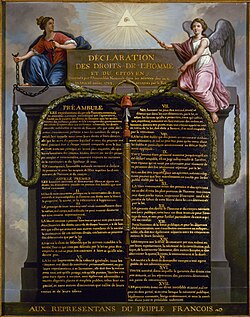
Back سجل ذاكرة العالم Arabic Programa Memoria del Mundu AST Dünyanın yaddaşı Azerbaijani Памяць свету Byelorussian বিশ্ব প্রামাণ্য ঐতিহ্য Bengali/Bangla Program Memorija svijeta BS Memòria del Món de la UNESCO Catalan Paměť světa Czech Memory of the World Programme Danish Weltdokumentenerbe German

UNESCO's Memory of the World (MoW) Programme is an international initiative that recognises documentary heritage of global importance. It aims to safeguard the documentary heritage of humanity against collective amnesia, neglect, decay over time and climatic conditions, as well as deliberate destruction.[1] It calls for the preservation of valuable archival holdings, library collections, and private individual compendia all over the world for posterity and increased accessibility to, and public awareness of, these items.[1][2][3]
Following the establishment of the Memory of the World International Register, UNESCO and the Memory of the World Programme have encouraged the creation of autonomous national and regional committees as well as national and regional registers which focus on documentary heritage of great regional or national importance, but not necessarily of global importance.[4]

- ^ a b "UNESCO Memory of the World Programme: The Asia-Pacific Strategy". UNESCO Memory of the World Programme. Archived from the original on 2005-02-28. Retrieved 2017-08-01.
- ^ "Official website". UNESCO Memory of the World Programme. Retrieved 2025-06-17.
- ^ "Twenty-three new inscriptions on Memory of the World Register of Documentary Collections". UNESCO Press. 2003-09-01. Retrieved 2009-09-06.
- ^ UNESCO. "MoW Committees". UNESCO. Retrieved 2025-06-23.
- ^ "Original Declaration of the Rights of Man and of the Citizen (1789–1791)". UNESCO Memory of the World Programme. Retrieved 2025-03-03.
© MMXXIII Rich X Search. We shall prevail. All rights reserved. Rich X Search